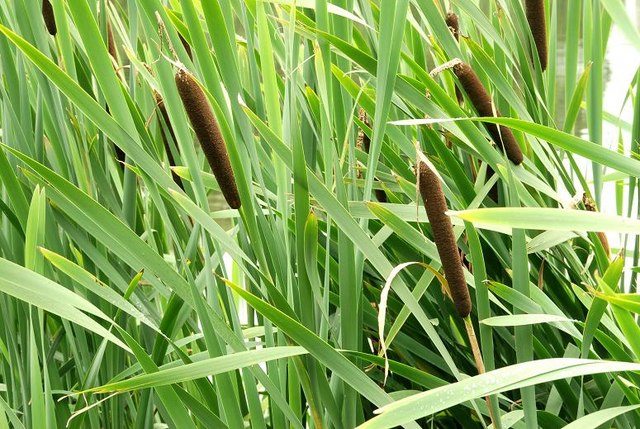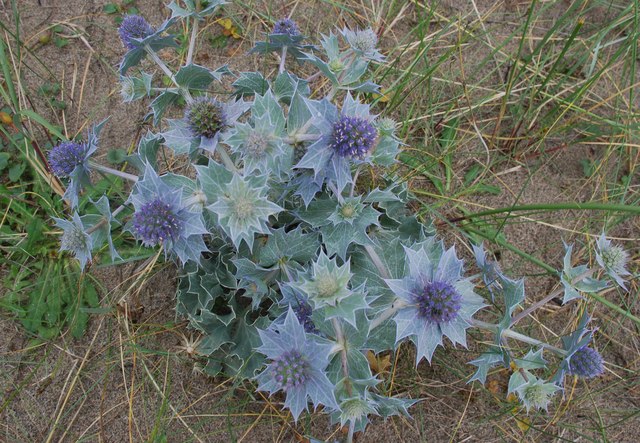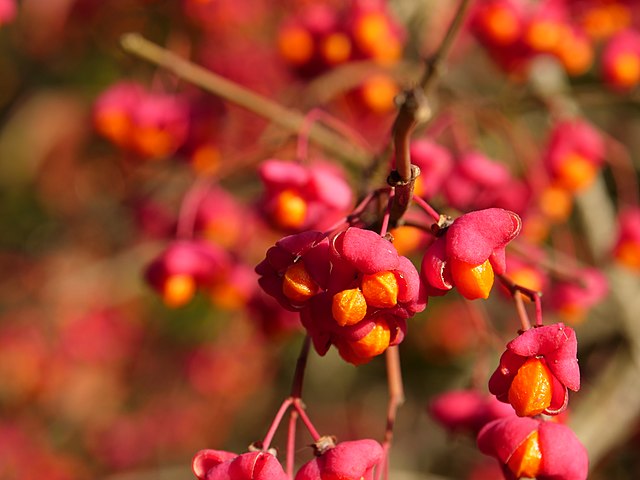Vetch / Spring / Summer / Autumn / Edible Vetch is a member of the Pea or Fabaceae family, it’s one of the largest families in nature and there are around 240 Vetches worldwide. The most common in the UK is Common Vetch (Vicia sativa). They can sometimes be hard…
Tag: autumn

Pennywort / Spring / Summer / Autumn / Winter / Edible Pennywort is a perennial, flowering plant and is part of the Stonecrop family. It’s edible and is a great plant for beginners as it has few lookalikes Common Names Pennywort, Navelwort, Wall Pennywort, Penny Pies, Botanical Name Umbilicus rupestris…
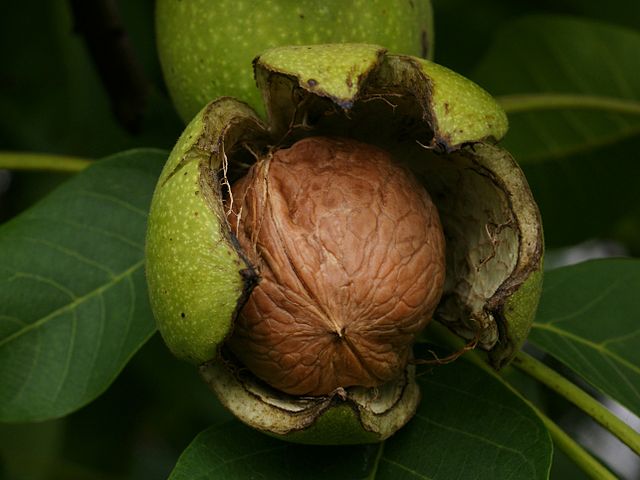
Walnut / All year round / Edible A deciduous, broadleaf tree, it was introduced to the UK by the Romans. Common Names Walnut, English Walnut, Persian Walnut, Common Walnut Botanical Name Juglans regia Scientific Classification Kingdom – Plantae Order – Fagales Family – Juglandaceae Physical Characteristics for Walnut Leaves The…
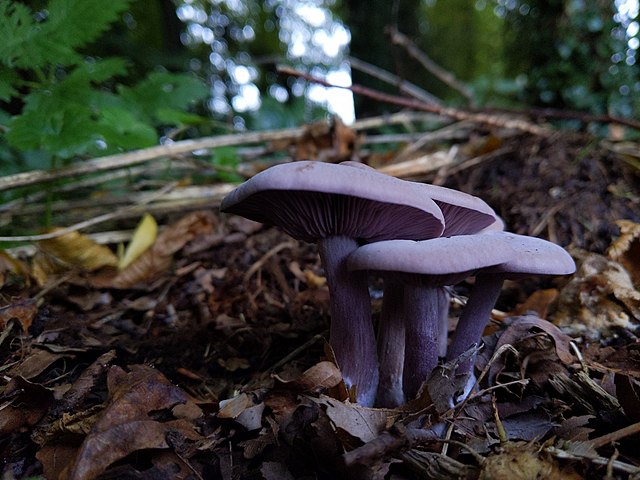
Sordid Blewit / Summer / Autumn / Edible Scientific Name Lepista sordida Common Names Sordid Blewit, Dirty Blewit. Family Tricholomataceae Habitat They are saprotrophic, living off dead matter, they can be found in areas that collect lots of leaf litter in autumn, sometimes they appear in gardens and on compost…
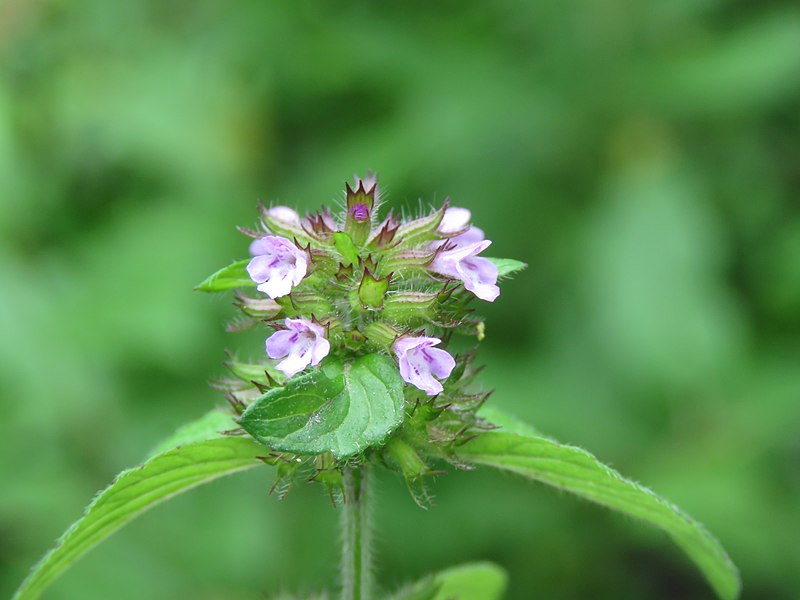
Calamint / Spring /Summer / Autumn / Edible Common Names Calamint Botanical Name Clinopodium ascendens Scientific Classification Kingdom – Plantae Order –Lamiales Family – Lamiaceae Physical Characteristics of Calamint An upright perennial herb, 30 – 60cm tall. Leaves Leaf stalks green, 1cm long, leaves are greyish green, oval with blunt…

Deadly Nightshade / Spring / Summer / Autumn / Toxic Deadly Nightshade – As the name suggests it can be deadly poisonous. It’s a member of the same family as Tomatoes, Potatoes and Aubergines and it’s fairly common in the UK. Common Names Deadly Nightshade, Belladonna Botanical Name Atropa belladonna…
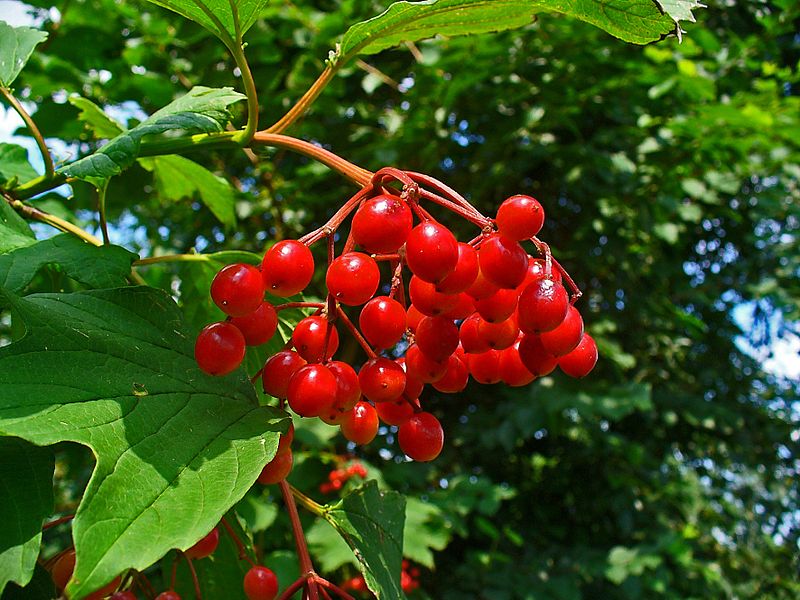
Guelder Rose / Summer / Autumn / Edible Common Names Cramp bark tree, Crampbush Botantical Name Viburnum opulus Scientific Classification Kingdom – Plantae Order –Dipsacales Family – Adoxaceae Physical Characteristics of Guelder Rose A woody perennial shrub that can grow to 4m in height. Leaves The leaves, 5–10cm long, grow…




